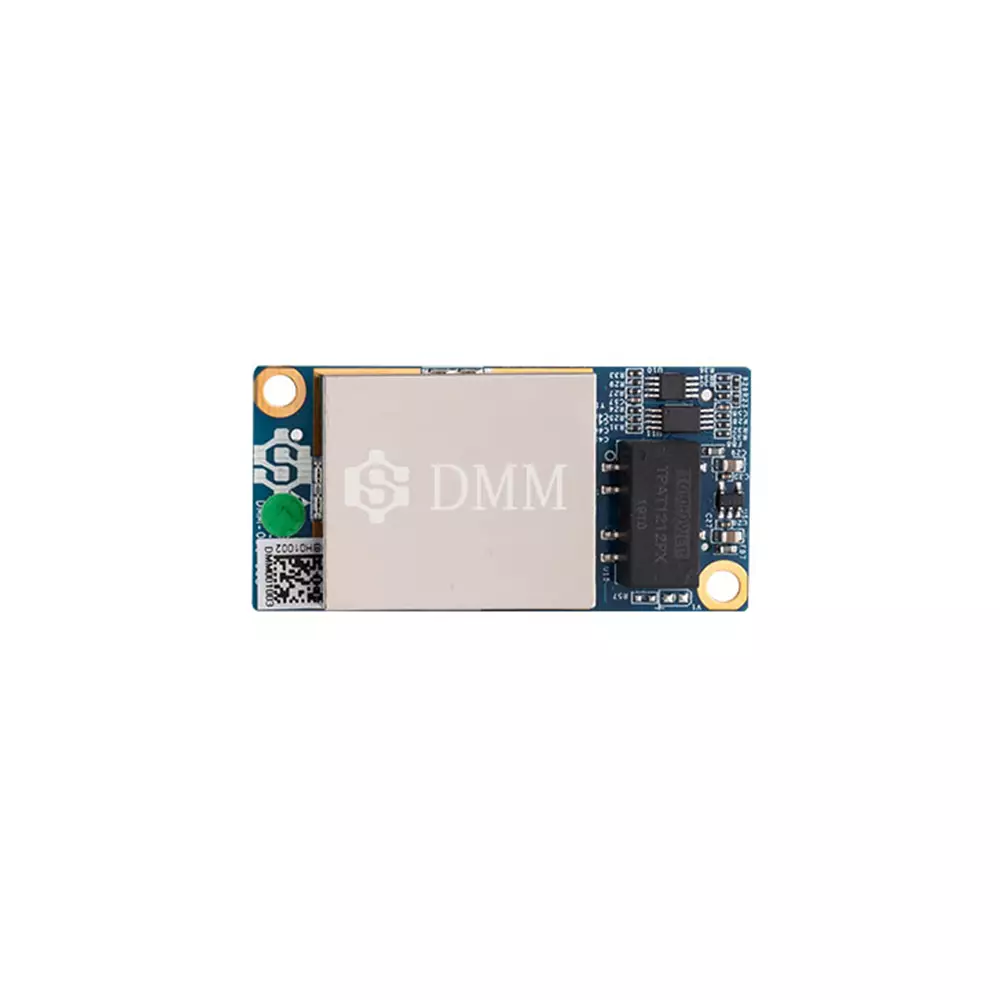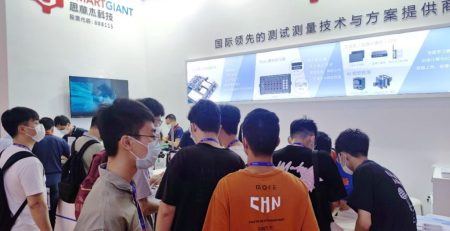How to Test a Triode: A Guide from
Understanding how to test a triode is essential for anyone working with vacuum tubes or analog circuitry. Smartgiant‘s advanced digital multimeter (DMM), LCR meter, and source measurement unit (SMU) are designed to facilitate accurate testing of triodes, ensuring you maintain optimal performance in your electronic designs.

Step-by-Step Procedure for Testing a Triode
When learning how to test a triode, a systematic approach is essential. Here’s a quick guide on how we do it:
1.Prepare the Setup: Begin by ensuring your DMM is set to the appropriate mode for measuring voltage and current. Familiarize yourself with the specifications provided in your DMM manual, including measurement accuracy, such as ± (0.018% of Reading + 0.0015% of F.S.) for voltage measurements.
2.Test the Anode Voltage: Next, check the anode voltage while applying the specified plate voltage as indicated in the triode’s datasheet. This value should be stable and within manufacturer specifications.
3.Measure the Control Grid Voltage: With the triode in operation, measure the voltage at the control grid. Ensure it is at the correct bias level, which affects the triode’s amplification factor.
4.Perform a Current Test: Finally, measure the output current while observing how the control grid affects the emission from the cathode. This is crucial in assessing the triode’s performance in its intended application.
By following these steps, we can effectively determine the condition and performance of a triode, ensuring reliability in your electronic circuits.
The Benefits of Using Smartgiant’s Tools
At Smartgiant, we pride ourselves on providing the right equipment for testing components. Our DMMs, LCR meters, and SMUs are designed with high accuracy specifications, such as 24-bit ADC resolution and a sampling rate of 250 KSPS, enabling you to conduct precise high accuracy resistance measurement for testing triodes and other components.
Additionally, our focus on ease of use means that even those new to electronics can confidently handle testing procedures. With features like low input impedance and user-friendly interfaces, our instruments ensure you gather accurate data quickly.
Conclusion
In conclusion, understanding how to test a triode is essential for maintaining the performance and reliability of your electronic designs. At Smartgiant, we are committed to supporting your journey with our advanced measurement tools designed for precision and ease of use. By utilizing our DMM, LCR meter, and SMU, you can ensure your triodes operate optimally, enhancing the overall performance of your circuits.





